What Does Indigenous Awareness Mean?
Indigenous awareness is a broad term – I know because my onsite and public workshops are dedicated to helping people understand the full extent of...
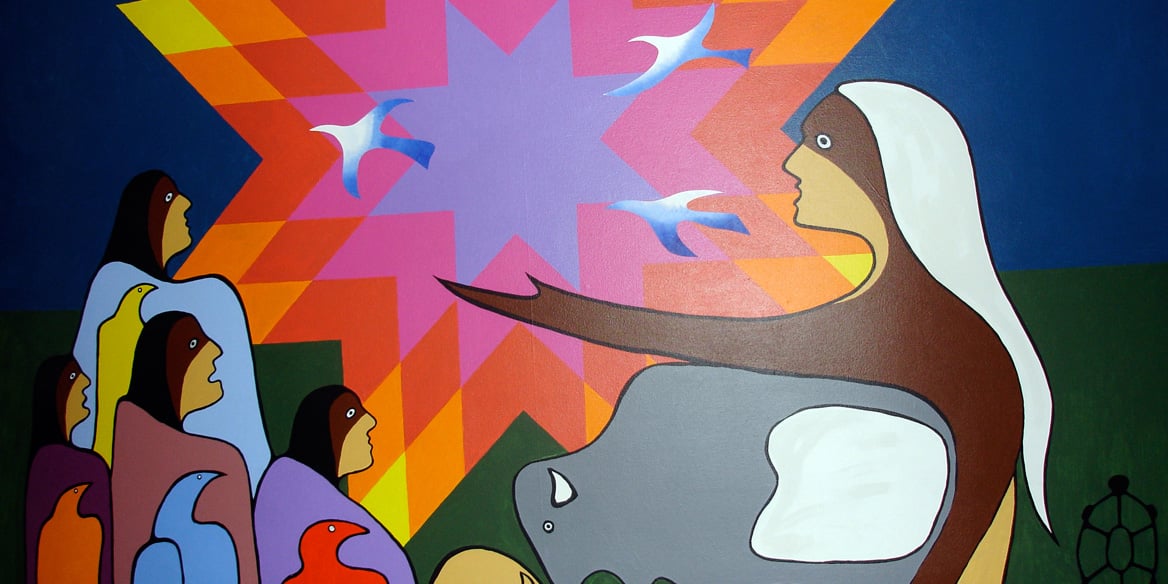
Oral traditions retain the history of Indigenous Peoples by passing cultural information from one generation to the next. For Indigenous communities creation stories, connections to the land, historical accounts, traditional ecological knowledge, teachings, language, and culture stories have been kept alive through oral traditions for thousands of years. These stories and accounts have been passed from generation to generation without ever being transcribed - when you think about it, that’s a stunning amount of information that has been and continues to be retained and shared.
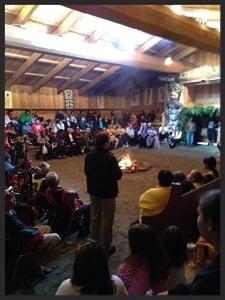
Indigenous oral traditions and oral histories preserved cultural traditions, albeit underground, during the era of assimilation in which Indigenous people were forbidden, by law, to practice their traditions, and children were forbidden to speak their languages or practice their culture while at Indian Residential Schools. Just think what would have happened in this era if all the history, knowledge and cultural beliefs had been written down and the people had relied upon those transcriptions and stopped sharing the stories... it all would have been lost.
The irony of writing a blog post for the internet about oral traditions is not lost on us! But, despite the irony, we wanted to share eleven things you should know about oral traditions. Please keep in mind that we stress the need to respect cultural diversity and encourage you to understand that each community is distinct and unique. To learn more about the cultural diversity of Indigenous communities, we recommend taking our Working Effectively With Indigenous Peoples® training.
In Creation Stories - The Origins of Culture Tanya Laing Gahr explores the creation stories of the Ktunaxa Nation.
Here's an interesting article on Gordon Mohs Pop'qoles, Sxwoxwiyam, El:oliye who has more than a little experience listening and telling stories.
This article was originally posted on November 5, 2014.
Featured photo: "Storyteller" by Dale Stonechild. Photo: Flickr, Daryl Mitchell
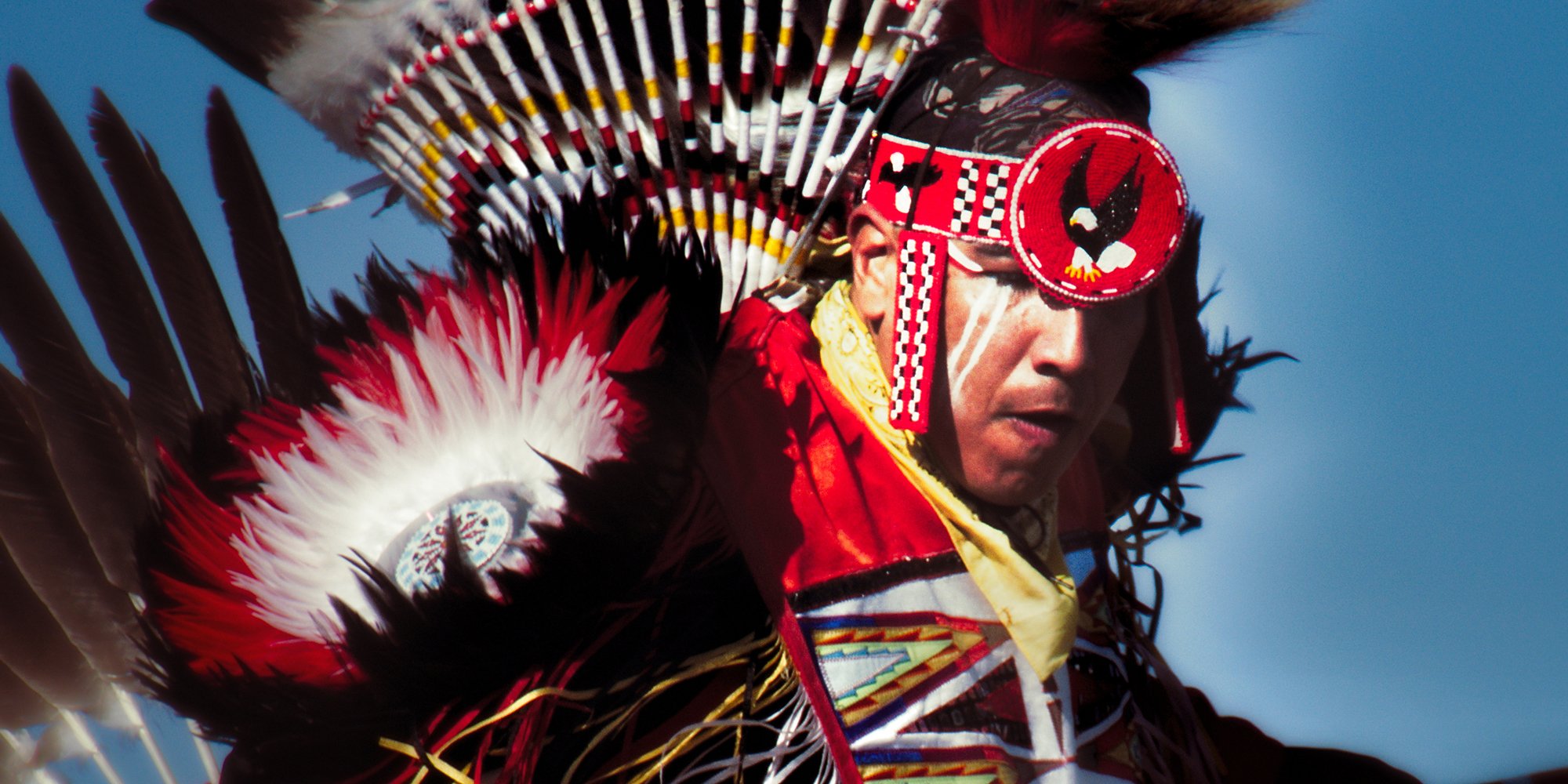
Indigenous awareness is a broad term – I know because my onsite and public workshops are dedicated to helping people understand the full extent of...
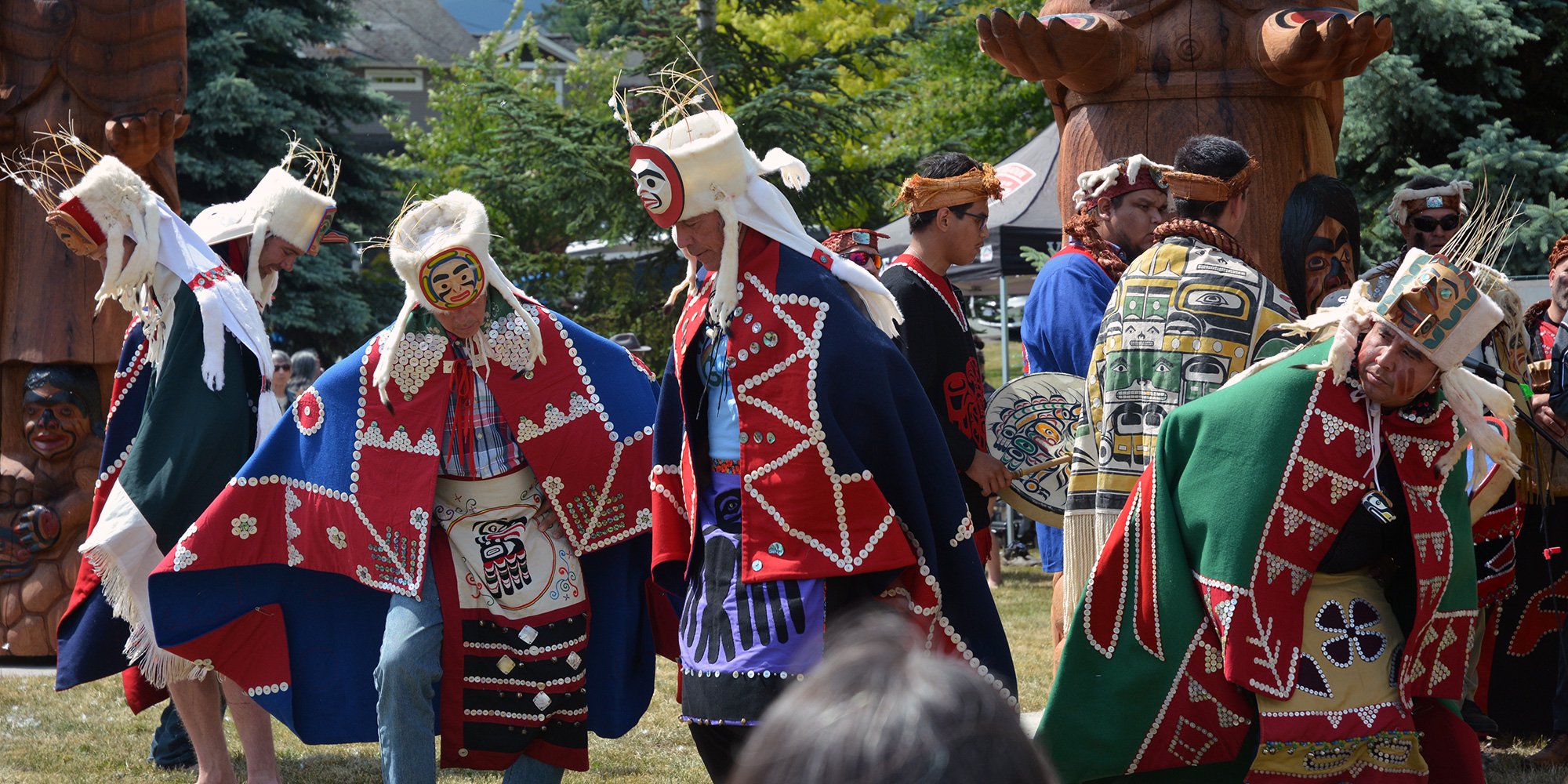
Indigenous Peoples around the world are increasingly concerned about protecting their Indigenous knowledge (IK) and traditional cultural expressions...
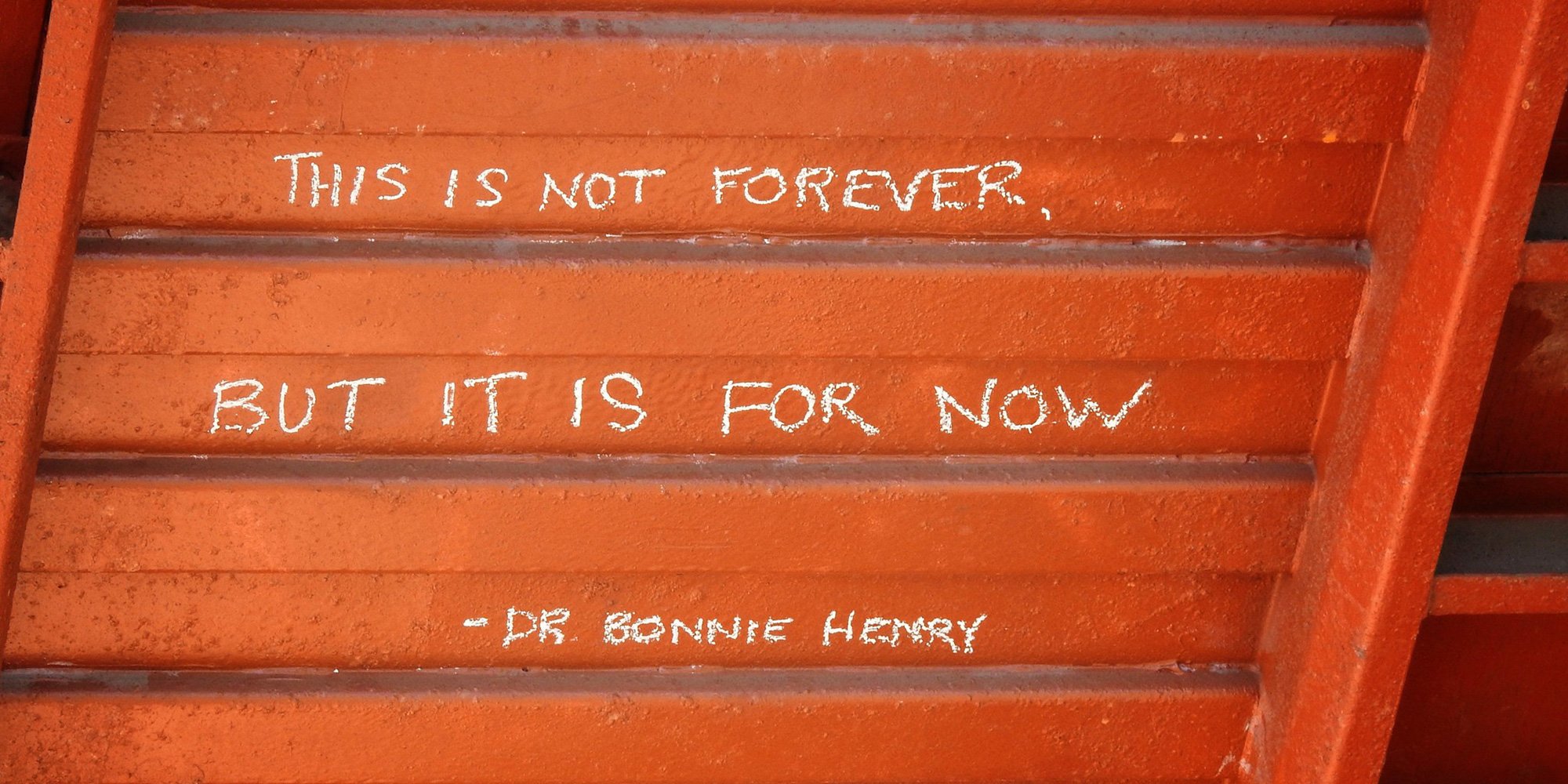
1 min read
When Dr. Bonnie Henry announced the death of an Elder from Alert Bay, I was struck by her compassion, her understanding of the enormity of the...